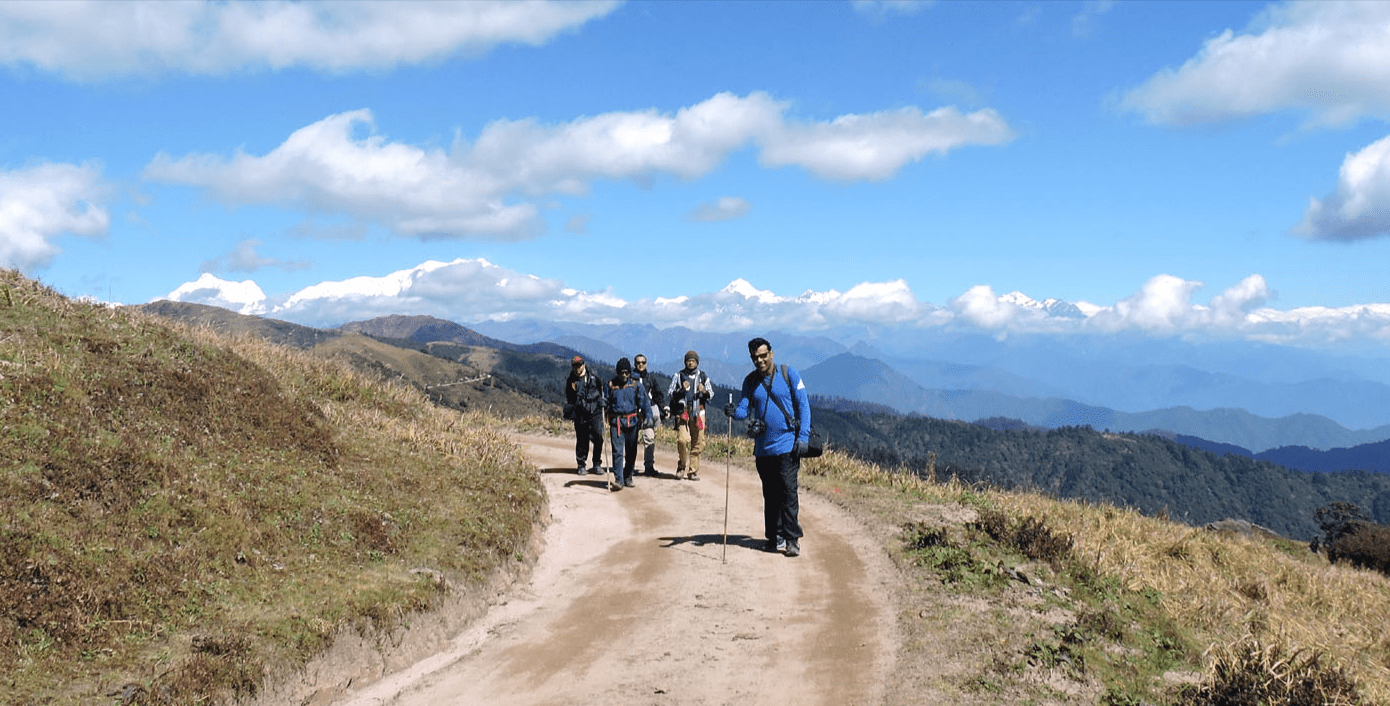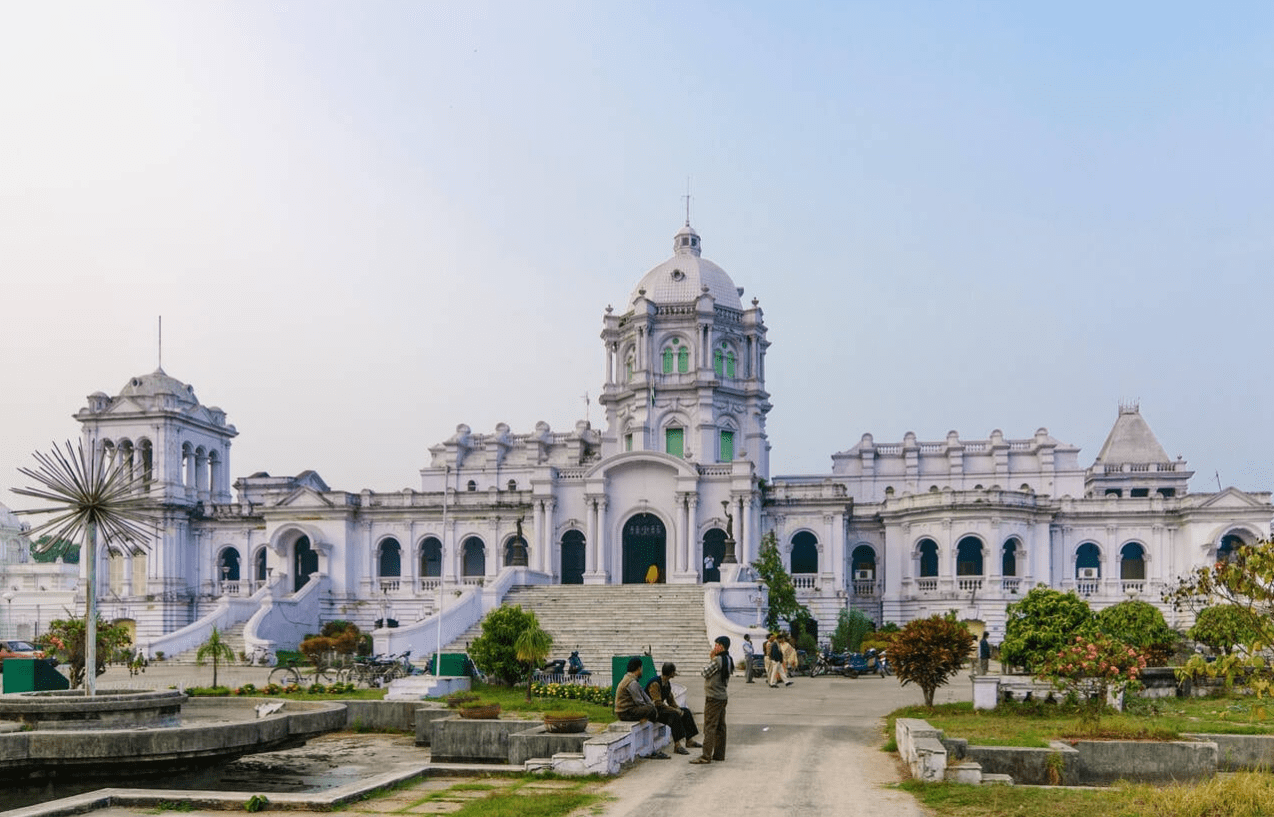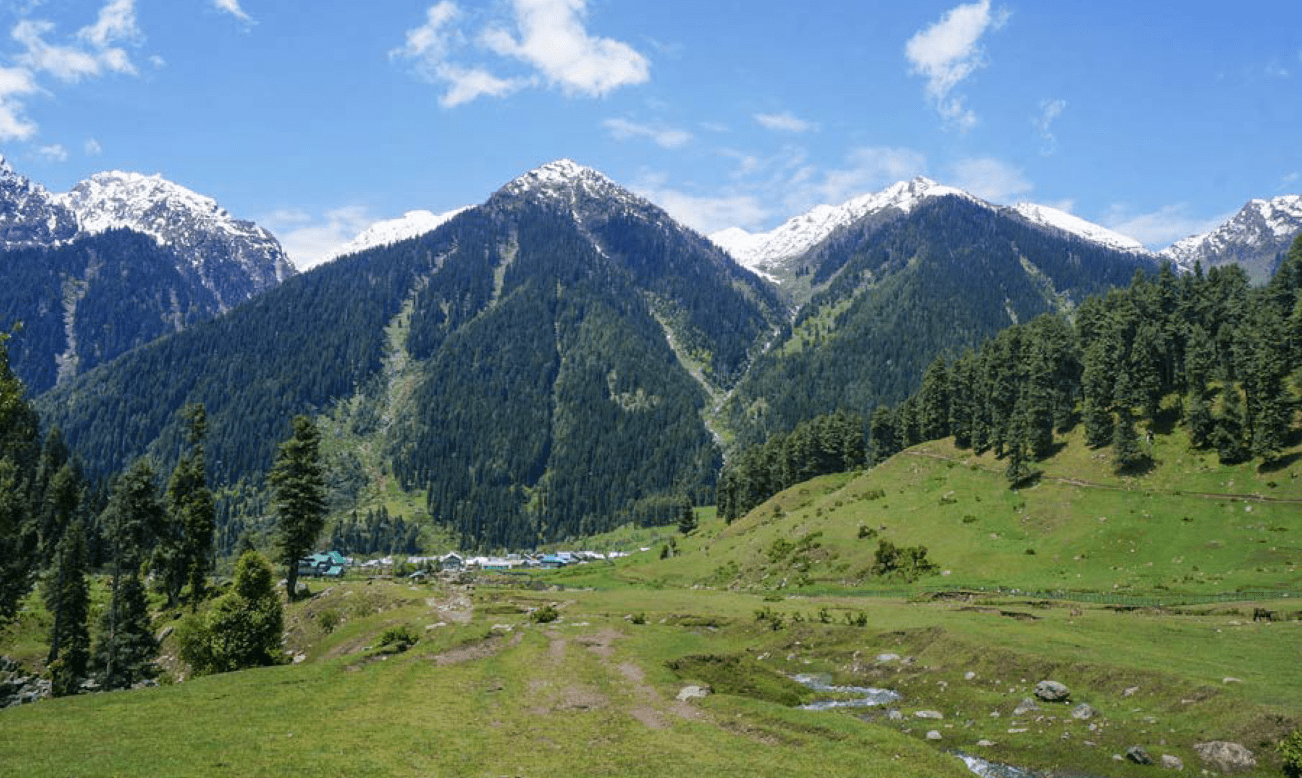Sandakphu offers an unparalleled vantage point for viewing four of the world’s tallest peaks. The towering Kanchenjunga family, alongside Lhotse and Makalu (4th and 5th highest peaks respectively), create a stunning panorama. The Everest, the highest peak, majestically rises in the center, overshadowing the others.
The Sandakphu Trek begins in the charming village of Manebhanjan, situated near Darjeeling. This trek, which spans five days through Singalila National Park, showcases breathtaking views of the Kanchenjunga range. This guide provides essential details about the trek’s route, campsites, and more.
The trek traverses West Bengal, Sikkim, and parts of western Nepal. Sandakphu, the highest peak of the Singalila range and West Bengal, stands at 11,930 feet. It’s renowned for its picturesque scenery, with the Kanchenjunga cluster often peeking through the clouds.
What Does Sandakphu Mean?
Sandakphu translates to “height of the poison plants,” a reference to the abundance of poisonous aconite plants found here. While the roots are used medicinally, the small purple-blue flowers of these plants can be highly toxic if ingested.
How Challenging is the Sandakphu Trek?
The Sandakphu Trek is categorized as moderate, suitable for seasoned trekkers as well as beginners who are in good physical shape. The 21 km stretch from Sandakphu to Phalut has minimal settlements, making this segment somewhat challenging.
Why Undertake the Sandakphu Trek?
Primarily for the breathtaking panoramic view of the Sleeping Buddha and three of the world’s highest peaks from Sandakphu. The trek offers multiple compelling reasons to be on your list:
- Spectacular Views of Four of the World’s Highest Peaks The Sandakphu Phalut Trek provides stunning vistas of the world’s tallest peaks. The Kanchenjunga range, known as the Sleeping Buddha, resembles a Buddha’s form with Mt. Kumbhakarna as the head and face, and Kanchenjunga as the upper body. The range includes Kokthang, Rathong, Frey, Kabru South, Kabru North, Simvo, Pandim, Tenzingkhang, Jubanu, and Narsing. Kanchenjunga, the third highest peak at 8,586 meters, along with the fourth and fifth highest peaks, Lhotse and Makalu at 8,516 meters and 8,463 meters respectively, are part of this awe-inspiring panorama. The Everest, the highest peak, completes this majestic view. The grandeur of these peaks is visible from the beginning of the trek, with Kanchenjunga making appearances throughout, adding to the trek’s allure.
- Exceptional Sunrise and Sunset Spots The Sandakphu Phalut Trek is renowned for its magnificent sunrises and sunsets. Watching the sun’s first rays illuminate the towering peaks, shifting from golden yellow to orange, is a humbling experience. Sunrise views from Tonglu and Tumling are particularly striking, with the golden light gradually gracing Kanchenjunga and Everest at Sandakphu. The sunrise from Phalut is especially memorable, offering a fresh and stunning spectacle each day. Sunsets at Kalipokhri and Sandakphu are equally spectacular, with dedicated points for enjoying both sunrise and sunset views.
- Scenic Trek from Sandakphu to Phalut The 21 km stretch from Sandakphu to Phalut is diverse and engaging, featuring rocky and muddy trails, forested paths, and expansive meadows under clear skies. The changing landscapes, particularly the views of Kanchenjunga from the meadows, make this segment a trekker’s delight.
- Convenient Food and Lodging Along the Sandakphu trek route, food and lodging are readily available. Trekkers’ huts and homestays offer comfortable accommodation, making it easy to enjoy the trek without worrying about carrying tents and supplies. Notable locations for stays include Chitrey, Meghma, Tumling, Kalipokhri, Tonglu, Sandakphu, Phalut, and Gorkhey.
- Seasonal Variations Sandakphu’s appearance changes with the seasons. Spring brings a burst of color with blooming rhododendrons. Autumn offers clear skies and splendid views of Kanchenjunga. Winter blankets the trek in snow, with potential views of frozen waterfalls. Each season offers a unique perspective on the landscape.
- A Photographer’s Paradise Every day of the trek provides unique photographic opportunities, from diverse views of Kanchenjunga and Everest to enchanting sunrises and sunsets. The trek also offers chances to capture night skies and city lights, with Darjeeling’s twinkling lights visible from Manebhanjan and Kalipokhri.
Sandakphu Trek Route
Several alternate routes are available for this scenic trek, starting from Manebhanjan or Jhaubari. Below is the route we followed from Manebhanjan to Phalut.
Day 1: Arrival at Manebhanjan
Manebhanjan, a quaint village near Darjeeling at 7,054 feet, serves as the starting point for the trek. It’s advisable to arrive a day early for acclimatization. Local hotels and homestays provide overnight accommodation. The local market has grocery shops for trek supplies.
Guides and porters can be hired from the Porters and Guides Welfare Association here. The Land Rover stand is also nearby. Dhotrey is an alternative starting point, reducing the trekking distance by 5 km.
Day 2: Manebhanjan to Chitre to Tonglu to Tumling
We began our trek from Manebhanjan early in the morning. After a brief walk from the market area, we reached the Singalila Wildlife Division office to obtain permits.
The trek starts with a steep climb through pine, fir, and birch forests, reaching Chitre, a picturesque village at 8,340 feet. From Chitre, the ascent becomes less challenging. Meghma, 6 km from Chitre, is the next stop, marking the border between India and Nepal.
Tonglu, 2 km from Meghma, offers spectacular sunrise views and accommodation options. Tumling, 4 km further, provides additional lodging and a viewpoint for the Sleeping Buddha. We chose to continue to Tumling for the night.
Day 3: Tumling to Jhaubari to Gairibas to Kalipokhri (15 km, 6-7 hrs)
After breakfast in Tumling, we trekked to the Singalila National Park Gateway, where permits were checked. We chose the scenic route through Jhaubari in Nepal, which passes rolling meadows.
Jhaubari, 6 km from Tumling, leads to Gairibas, where basic lodgings and shops are available. From Gairibas, we ascended to Kaiyakatta, and then took the Indian route to Kalipokhri, arriving at 10,400 feet. Kalipokhri, with its sacred black lake, offers homestays and an excellent local dinner.
Day 4: Kalipokhri to Sandakphu (6 km, 3 hours)
The 6 km trek from Kalipokhri to Sandakphu is challenging due to its steep gradients. The final 4 km stretch to Sandakphu can take over 2 hours. However, the panoramic views from Sandakphu make the effort worthwhile. There are trekkers’ huts and private lodges for overnight stays.
Day 5: Sandakphu to Phalut (21 km, 12 hours)
We began the day with a breathtaking sunrise at Sandakphu before heading to Phalut. The trek to Phalut, situated at 11,811 feet, covers 21 km and includes varied terrain with minimal settlements. The trek offers dramatic landscapes and magnificent views of Kanchenjunga and Everest.
Day 6: Phalut – Gorkhey
After witnessing a breathtaking sunrise, we began our descent from Phalut. The path meanders through lush forests of pine, conifers, and bamboo. Gorkhey, situated approximately 15 kilometers from Phalut, is a picturesque village enveloped by pine trees, with the Gorkhey Khola river flowing through it. This charming village is home to around 30 families and offers a GTA Trekkers Hut along with a few homestay options for an overnight stay.
The following day, we trekked from Gorkhey to Ribdi before catching a shared jeep to Jorethang. From Jorethang, we took another jeep to Siliguri, concluding our trek.
Return Routes from Sandakphu
For those not inclined to trek all the way to Phalut, several alternative routes are available to return from Sandakphu. Most of these routes pass through Srikhola.
Route 1: Sandakphu to Srikhola via Gurdum
The trek from Sandakphu to Srikhola can be undertaken by traversing through Gurdum, offering a scenic route with varying landscapes and beautiful vistas.
Route 2: Sandakphu to Srikhola via Rimbik
This route involves descending from Sandakphu to Srikhola by way of Rimbik, another option that provides different yet equally stunning views of the surrounding terrain.
Each route offers its own unique perspective of the region, ensuring a memorable journey no matter the chosen path.
Additional Information for Trekking
Best Time to Trek:
The ideal time for trekking to Sandakphu is between April to June and September to November. During these periods, the weather is generally favorable with clear skies and mild temperatures, offering the best views of the Himalayas. The winter months can be quite cold, with snow-covered trails, while the monsoon season brings heavy rainfall, which can make the trails slippery and challenging.
Preparation Tips:
- Physical Fitness: The trek to Sandakphu involves significant elevation gain and diverse terrain. A good level of physical fitness is recommended, including cardiovascular endurance and strength training.
- Acclimatization: Given the high altitudes, it’s crucial to acclimatize properly to avoid altitude sickness. Gradually increasing your altitude over a few days can help your body adjust to the thinning air.
- Permits: Ensure you have the necessary permits for the trek. The Sandakphu-Phalut area is situated in a restricted zone and requires special permits, which can be obtained from the West Bengal Forest Department or through trekking agencies.
- Gear and Equipment: Pack light but ensure you have essential gear, including sturdy trekking boots, warm clothing, rain gear, a good quality sleeping bag, and a trekking pole. Weather conditions can change rapidly, so layering your clothing is advisable.
- Health and Safety: Carry a basic medical kit with first aid supplies, altitude sickness tablets, and any personal medications. It’s also a good idea to have travel insurance that covers trekking in high-altitude regions.
- Local Cuisine: Enjoy local delicacies during your trek. The cuisine in the trekking regions includes traditional Tibetan and Nepali dishes such as momos (dumplings), thukpa (noodle soup), and dal-bhat (lentil soup with rice).
- Respect Local Culture: Be mindful of the local customs and traditions. The trekking regions are home to various indigenous communities with their own unique cultures and practices.
Final Thoughts:
The Sandakphu-Phalut trek is a remarkable journey through the heart of the Himalayas, offering awe-inspiring views, serene landscapes, and a chance to connect with nature and local cultures. Whether you choose to complete the entire trek or opt for alternative routes, the experience is sure to be unforgettable.



